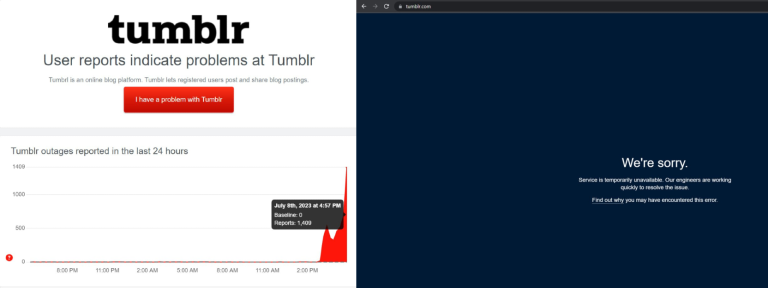Attack description :The Cloudflare data leak incident of 2017 sent shockwaves through the cybersecurity community, revealing vulnerabilities in cloud infrastructure that could have far-reaching consequences. This technical article delves into the details of the Cloudflare data leak, exploring its causes, impact, and the lessons learned in securing cloud-based services.
Understanding the Cloudflare Data Leak: The Cloudflare data leak resulted from a software bug, affecting the company’s edge servers and content delivery network (CDN). The following technical aspects contributed to the incident:
- Memory Leakage: The bug caused a flaw in the parsing of HTML code, leading to memory leakage. This allowed sensitive customer data, including website cookies, passwords, and authentication tokens, to be temporarily stored in the memory of Cloudflare’s servers.
- Caching and Cross-Site Scripting (XSS): The memory leakage exposed sensitive data to the CDN’s caching mechanism, resulting in the accidental inclusion of private information in the responses to unrelated HTTP requests. This posed a significant risk of exposure to unauthorized third parties.
Impact: The Cloudflare data leak had several repercussions, shedding light on the potential risks associated with cloud-based services:
- Data Exposure: The incident exposed a vast amount of sensitive customer data, including login credentials, session tokens, and potentially confidential information. This raised concerns about the privacy and security of data entrusted to cloud service providers.
- Third-Party Data Vulnerability: The leaked data was inadvertently cached by search engines and other web services, making it accessible to unintended parties. This underscored the need for robust security measures when sharing data with third-party services.
- Credential Reset and Security Breach Response: The incident necessitated a comprehensive response, including prompt notification to affected customers, mandatory password resets, and thorough security assessments to identify potential breaches resulting from the leaked data.
Mitigation Measures: The Cloudflare data leak spurred critical lessons and reinforced the importance of implementing rigorous security measures for cloud infrastructure:
- Robust Code Review and Testing: The incident highlighted the significance of rigorous code review and thorough testing of software applications, especially those handling sensitive data. Identifying and rectifying vulnerabilities during the development lifecycle is crucial to prevent potential leaks.
- Encryption and Data Protection: Cloud service providers must prioritize the implementation of strong encryption mechanisms, both in transit and at rest, to safeguard sensitive customer data. Adequate access controls and encryption measures help mitigate the impact of potential breaches.
- Incident Response and Communication: Timely and transparent communication with affected customers is essential during and after a data leak incident. Organizations must have incident response plans in place to promptly address security incidents, minimize damage, and rebuild trust.
- Continuous Monitoring and Auditing: Implementing robust monitoring and auditing mechanisms allows organizations to detect anomalies and potential breaches promptly. Continuous monitoring helps identify and mitigate vulnerabilities before they can be exploited.
Take away: The Cloudflare data leak of 2017 served as a wake-up call, emphasizing the need for robust security practices in cloud-based services. By understanding the technical aspects of the incident and implementing the lessons learned, organizations can strengthen their cloud infrastructure security, protect customer data, and ensure the confidentiality and integrity of their digital assets.
Disclaimer : The information provided herein is on “as is” basis, without warranty of any kind.





